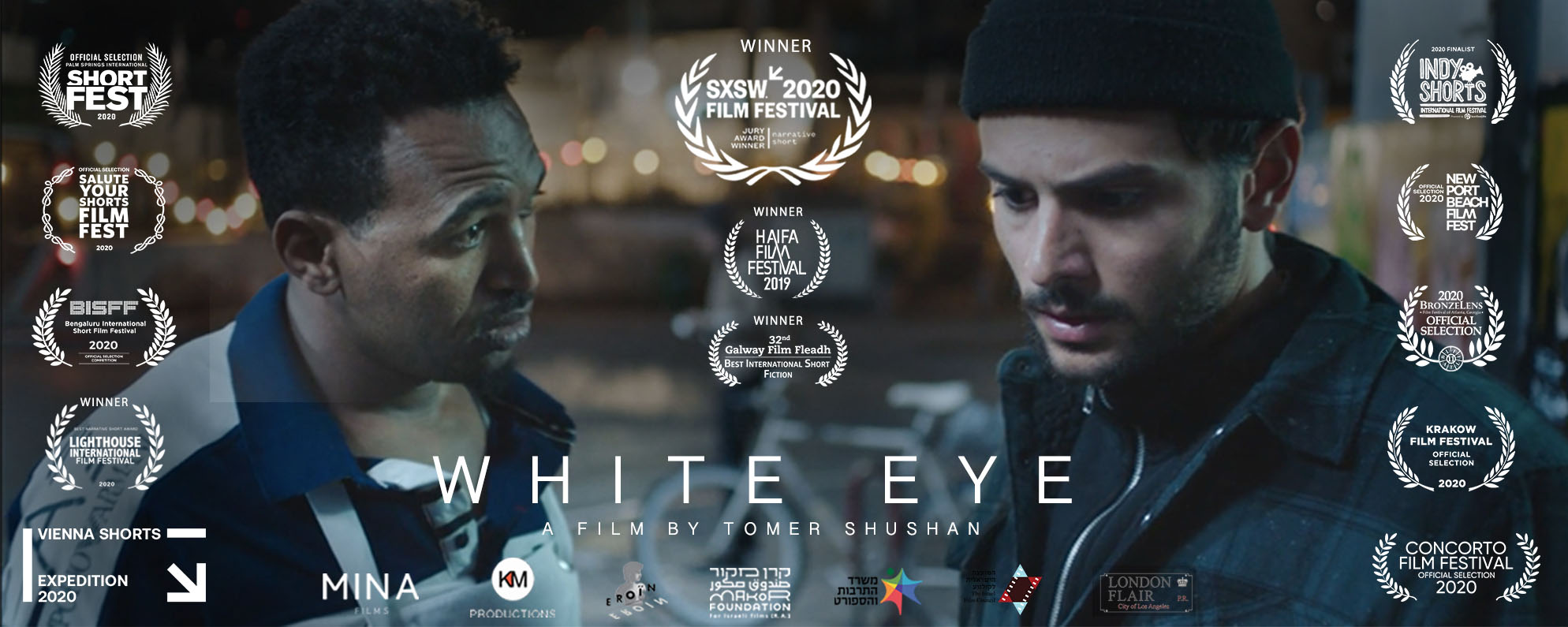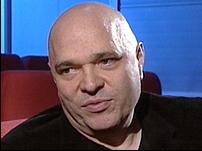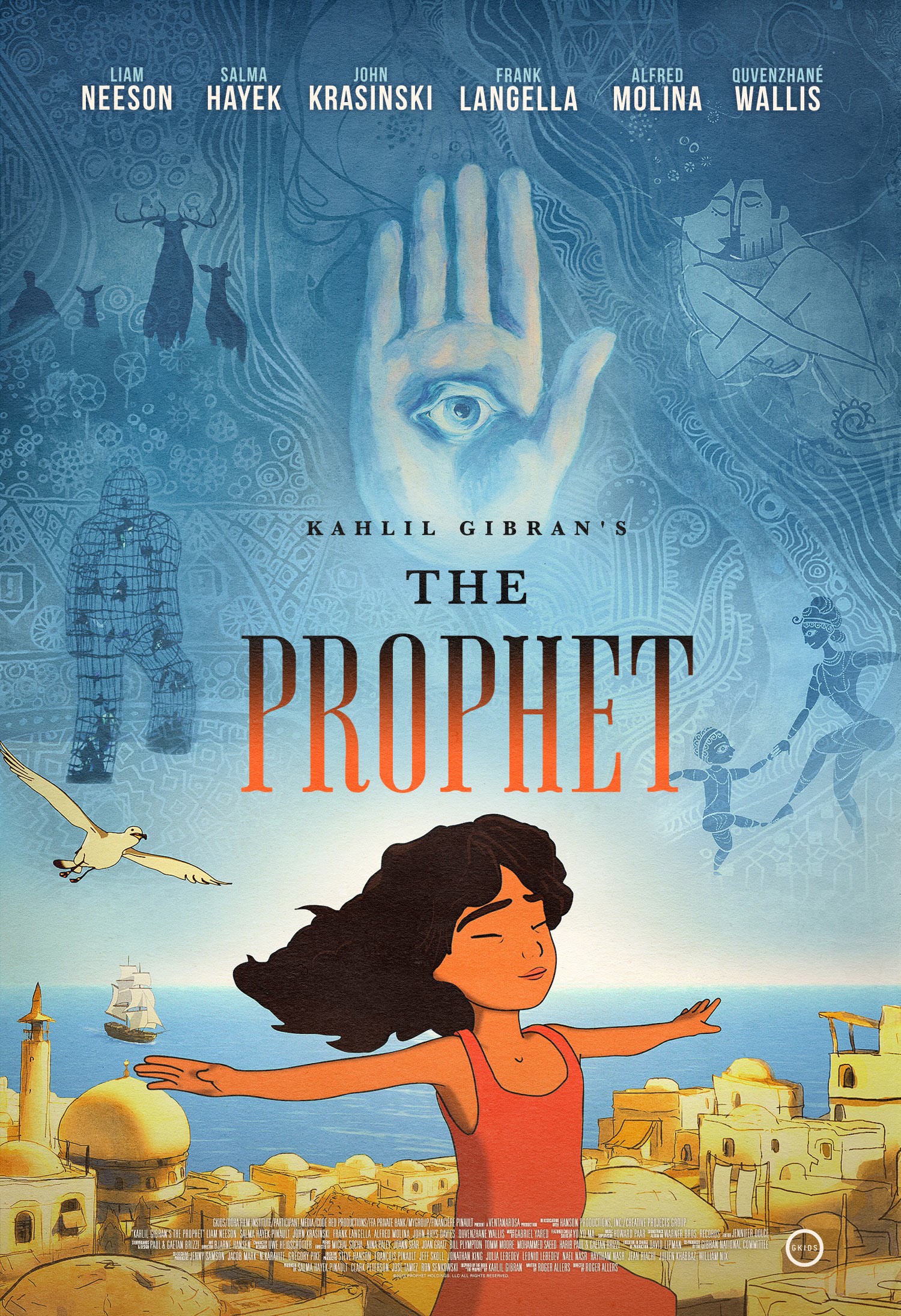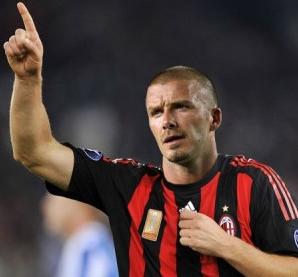Just last week short film White Eye which shares the harsh realities of undocumented immigrants on the run has been screened at this year’s Raindance Film Festival. The film directed by Tomer Shushan has been screened in various international film festivals and has received some amazing recognition including the Oscar-qualifying Best Narrative Short Award at SXSW Film Festival. So we couldn’t be more excited to share with you the interview with the director on what has been happening behind the scenes of the short film White Eye.
– For somebody who hasn’t seen the movie, how would you introduce it?
“It’s a short film that describes a moment when Omer, a young guy, meets Yunas, the new owner of his stolen bike. The story gets complicated when the police find out that Yunas is Illegal refugee. Now, Omer will do anything to save Yunas.”
– The topic of Immigration is always a sensitive topic where everyone has an opinion on it. How did you try and navigate this sensitive topic? Why have you chosen this topic for your film?
“I always wanted to touch on this topic. There are immigrants living everywhere on the lowest level of the society but their voices can never be heard, people see through them as if they can’t see them at all.I met a few immigrants throughout my lifetime and heard their unbelievable stories which touched me but I could never write or film anything about it, it felt wrong as I never was in their position. I don’t believe in telling other people’s stories.WHITE EYE based on a real story that happened to me, about 3 years ago, when I blamed Yunas for stealing my bike. I decided to make a film about it.”
– The film is done in one shot and that’s a hard thing to achieve. What was your preparation in order to achieve it? Why did you want to do the one continuous shot?
“As a director I wanted the audience to identify with the main character. The one thing I remember that happened in the real story is that I didn’t have the time or chance to breathe. I thought that one shot is the best way to make the audience not breathe. The preparation for making this a one shot was first to transform the script to the location, then to separate the film for scenes and to choose and create the staging. And then the most challenging part, was to create the choreography of all the people that were on the set. Not only the actors, also the people behind the camera since we did it in 360. The fun part about it was editing the film while we shot it. As a director I had the chance to control the rhythm. We did it in one night.”
– Did you have a cast in mind? How did you approach casting?
“In my mind, I only saw the eyes of the character and what they would look like once the audience first saw them. It was very easy with most of the characters, but the interesting story Is how I casted Yunas. After a few months of searching, one night, I walked home at 3 am. From a dimly lit window of a hamburger place I saw Dawit, washing dishes. I came close and we looked at each other for a few moments. Something about his look made me paralyzed, this is when I knew how my main character was supposed to look. My first words were “I want you to play in my next film”, he laughed and wouldn’t believe that I’m serious. The day after we met for a coffee and we started our journey. We used to meet two times a week, working on Hebrew, the script and how to be Yunas. I couldn’t ask for anything better.”
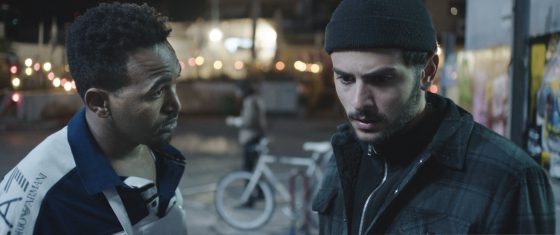
– What was the hardest part for you while making White Eye and why?
“The hardest part was definitely to make everyone believe that we can make it in one shot. Lots of staff and actors said no to the project because they believed it was going to be a big fiasco. That was very hard, to try convincing myself and others that it’s going to work. But I can say that from the other end, that gave me lots of power and desire to make it and to make it good. I am very happy that these voices didn’t bring me down and I was listening only to my inner voice.”
– Looking at the film now is there anything you would do or approach differently?
“I am sure that all every artist, especially filmmakers can find things they would do differently. So yes, everytime I am watching the film I can spot a few moments that I would do differently. This is part of being a director, maybe the hardest part, to let go your creation and set it free to the world.”
– Is there anything you hope the audience will take away from your film?
“Making this film and dealing with a personal story contributes to me a lot as a director and filmmaker but mostly develops me as a person.
Knowing that after this story, I will always breathe before any rush action i’ll make, there is a chance it can harm the person next to me.”
– What attracts you about filmmaking and how did it come to be your career path?
“Since I can remember, I used to sit next to the window with my curious eyes looking at the street, trying to create a story for every person that comes and goes. The people in the street, in the bus, in the supermarket and everywhere, were characters in a story I used to create in my mind.When I discovered the cinema, I got more perspective to this media, and my imagination got deeper. To know that I can express myself with visuals and sounds, creating worlds with people and lights was a deal breaker for me. So after my army service I knew I should try it.I finished film study in Tel aviv about 4 years ago and WHITE EYE is my first independent film. I feel blessed for the chance I got to make it and looking forward to creating more.”

